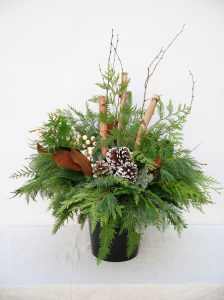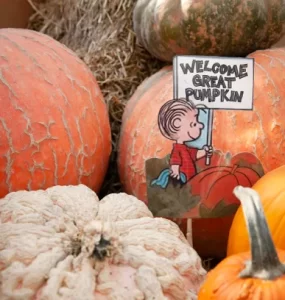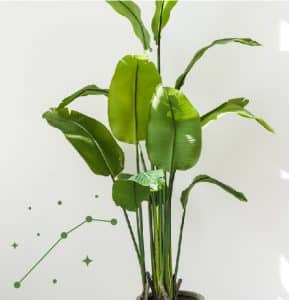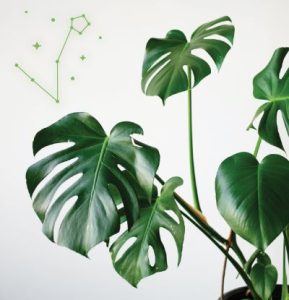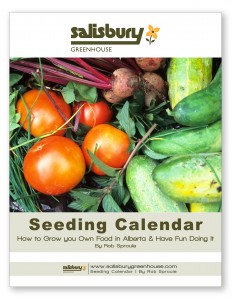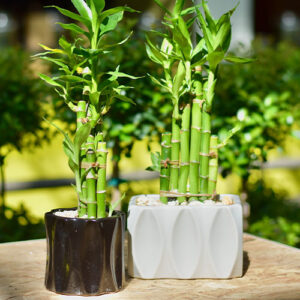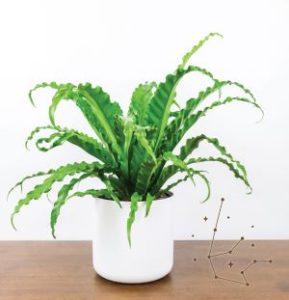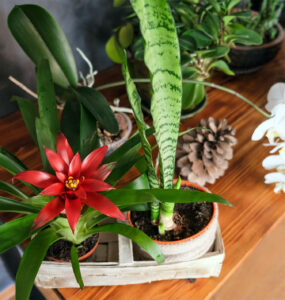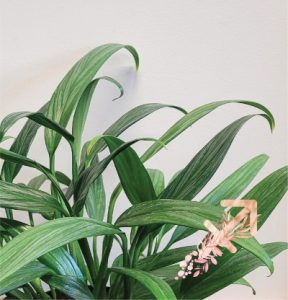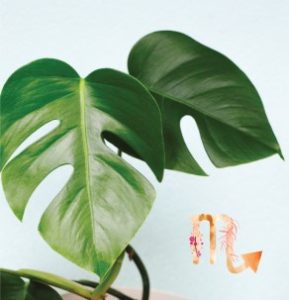
Training Your Tomato
by Rob Sproule
by Rob Sproule
Tomatoes embody the best of summer. From the nostalgic smell of the leaves to the juice running down your chin, they’re Canadian’s far-and-away favourite edible to grow, and for good reason.
There are 2 types of tomatoes.
Determinate tomatoes tend to be newer hybrids.
They’re well-behaved, sit up straight, only speak when spoken to and don’t need any training. They thrive in containers but they often yield less than their gangly cousins. If your tomatoes are determinate, this article is pretty optional (although I encourage you to embrace the vines).
They’re well-behaved, sit up straight, only speak when spoken to and don’t need any training. They thrive in containers but they often yield less than their gangly cousins. If your tomatoes are determinate, this article is pretty optional (although I encourage you to embrace the vines).
Indeterminate tomatoes are unruly.
They make a mess, live by their own rules and I love them.
The fruit grows on vines rather than compact plants and they yield like crazy. The world’s most delicious tomatoes, including famously misbehaved heirlooms, are indeterminate and need to be trained.
Before the nitty gritty, a behavioural perspective. Tomatoes are sugar factories, creating energy from the sun to grow stems, leaves, and fruit. While the plants excel at growing and ripening, you need to bring the tough love that makes it as efficient a fruit producer as possible.
Tomato plants produce a lot of growth that simply will not yield in our short growing season. Pruning is as essential as tying. A well-pruned vine will use more sugars in fruit production, less in growing stems that will never yield, and be more resistant to fungal diseases.
Tying your Tomato
An untrained indeterminate will end up a green, tangled, frustrating and fungus-covered heap.
Train your vine properly however, and it will reward you with a summer of incredible bounty, with fruit ripening 2-3 weeks before untrained plants.
Your support can be as complex as a trellis or as simple as a stick.
Tie the main stem loosely (it’s very fragile) every 6-8″ up the support.
As flower clusters develop, tie just above the clusters rather than below to avoid the fruit’s weight pulling the stem over. Don’t use wire, which will cut into tomatoes’ soft stem.
Tie the main stem loosely (it’s very fragile) every 6-8″ up the support.
As flower clusters develop, tie just above the clusters rather than below to avoid the fruit’s weight pulling the stem over. Don’t use wire, which will cut into tomatoes’ soft stem.
Use thick twine, plastic plant tape or even strips of panty hose.
As you’ll discover the moment you treat a tomato too roughly, they snap very easily. Handle with care and keep your ties loose enough that the plant is supported but not hanging.
Pruning Basics
We prune tomato vines for 3 reasons: to keep them healthy, to maximize end-of-season yield, and to divert as many resources into fruit production as possible.
Pruning for health involves pinching all the side stems that grow under the first flower cluster. This will seem harsh, but without proper air circulation at soil level the tomato becomes vulnerable to water borne fungal diseases, with the worst of the lot being blight.
End-of-season pruning starts about a month before your first frost (which happens about Sept 23 in Edmonton). Find the fruit clusters and pinch off the stems just above each one, a practice called topping.
It’s harsh so take a deep breath. This will force the tomato to surge its sugars into ripening fruit instead of growing stems.
It’s harsh so take a deep breath. This will force the tomato to surge its sugars into ripening fruit instead of growing stems.
Fruit production pruning is ongoing.
You’re pinching off all growth that doesn’t contribute to a tomato ripening.
Suckers, which usually grow at 45-ish degree angles out of the crotch between the leaf stem and the main stem, are suspect #1. Snip them off as they’ll never yield. Low level side stems are equally useless.
You’re pinching off all growth that doesn’t contribute to a tomato ripening.
Suckers, which usually grow at 45-ish degree angles out of the crotch between the leaf stem and the main stem, are suspect #1. Snip them off as they’ll never yield. Low level side stems are equally useless.
Once your tomato flowers, pinch off all stems growing below the first flower cluster. This is important for plant health, as well (see above).
If you’re growing beefsteak or other large tomatoes, snip off the smallest half of your developing clusters so that the survivors get more sugars and, consequently, have the opportunity to swell larger than they otherwise would have.
As vulnerable as tomatoes are to disease, pinching with fingers is better than pruners, which may host old pathogens on their steel. Never prune or even tie your tomatoes if they’re still wet from rain or watering.
The open wounds can allow any fungus lingering in the water to promptly get inside the plant.
The open wounds can allow any fungus lingering in the water to promptly get inside the plant.


